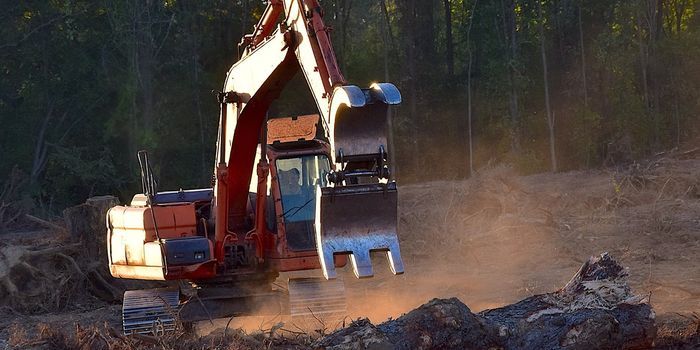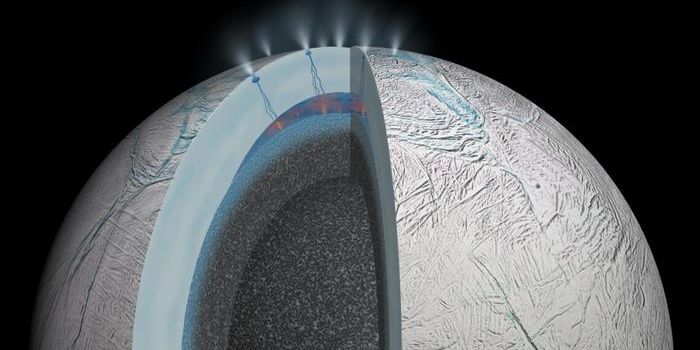Get ready for it to be hotter and drier
New research published in Proceedings of the National Academy of Sciences (PNAS) highlights a recently discovered feedback mechanism that is going to make our future even hotter and drier than we thought. The study comes from a team at Columbia Engineering and contemplates the consequences of several land-atmosphere processes that affect soil drought and atmospheric aridity.
Just to be clear, this news isn’t great. "Concurrent soil drought and atmospheric aridity have dramatic impacts on natural vegetation, agriculture, industry, and public health," says Pierre Gentine, associate professor of earth and environmental engineering and affiliated with the Earth Institute. "Future intensification of concurrent soil drought and atmospheric aridity would be disastrous for ecosystems and greatly impact all aspects of our lives."
This study focused on land-atmosphere processes instead of ocean-atmosphere process, which to date have been the focus of many previous studies. When the Columbia Engineering researchers talk about soil drought and atmospheric aridity, they are referring to extremely low soil moisture and extremely high vapor pressure deficit, respectively. They explain that these two factors are behind widespread vegetation mortality and reduced terrestrial carbon uptake.
In order to figure out what land-atmospheric processes drive soil drought and atmospheric aridity, the research team collaborated with scientists from the Global Land Atmosphere Coupling Experiment -- Coupled Model Intercomparison Project (also known as GLACE-CMIP5) at ETH Zurich's Institute for Atmospheric and Climate Science. Using GLACE-CMIP5’s models, the Columbia Engineering team was able to isolate the impact of land-atmosphere feedbacks on concurrent drought and aridity in order to predict how our future might look under these phenomena in a changing climate.
Their results showed an interesting twist on past findings. "Most groups have been focused on assessing concurrent drought and heatwaves, but we are finding stronger coupling between drought and aridity than between drought and heatwaves," says lead author Sha Zhou. "Concurrent drought and aridity also have a stronger impact on the carbon cycle and so we felt this was a critical point to study."
In other words, soil drought has an unexpectedly significant impact on atmospheric aridity, which in turn results in more frequent extreme low precipitation, which pushes the feedback mechanism further. That will likely mean a scary outlook for the years to come.
The researchers hope that their study will help illuminate some of the interplay between land and atmosphere. As Gentine comments, "It's critical that we better quantify and evaluate the representation of these processes in our climate models. Accurate model representation of both soil moisture variability and the associated feedbacks is crucial if we are to provide reliable simulations of the frequency, duration, and intensity of compound drought and aridity events and of their changes in a warmer climate. Ultimately, this will help us mitigate future risks associated with these events."
Sources: Science Daily, PNAS


















































